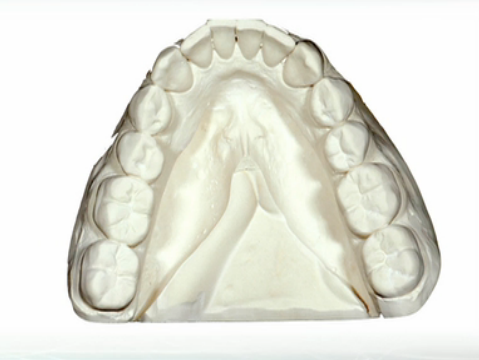Three Simple Tricks to a Great Model
By Mark Fleming on September 25, 2012 | 0 comments The most common full coverage appliance employed in a restorative practice is the full coverage, hard appliance, built and adjusted in centric relation. Most dentists can agree that in all procedures, it's important to remain conservative and not waste any time chair side.
The most common full coverage appliance employed in a restorative practice is the full coverage, hard appliance, built and adjusted in centric relation. Most dentists can agree that in all procedures, it's important to remain conservative and not waste any time chair side.
There is also the additional step of sending your models to the lab for fabrication, which only adds time to the appliance treatment. However, there are a few extra things you can provide the lab with to ensure an ideal and efficient appliance appointment.
Accurate stone casts: The quality of the models you send to the lab is crucial in minimizing adjustments. Alginate impressions can work well for this but they must be very well done. The use of tray adhesive will ensure that the model doesn't pull away from the tray. Typically, you should use a mechanical mixer to help minimize air bubbles that could distort your model.
Facebow: Using a facebow to mount the appliances can help ensure the models you're sending to the lab are in an accurate orientation. The function of the facebow is to transfer the approximate axis of rotation of the teeth relative to the joint. This step is not an absolute necessity but can help steer you in the right direction.
CR record: If you want to really decrease your appliance adjustments, sending a CR record will minimize any grinding necessary after seating the appliance. Ideally, a bite record should be made at the vertical dimension the appliance will be made. Using a lucia jig with silicone can facilitate an accurate CR record.